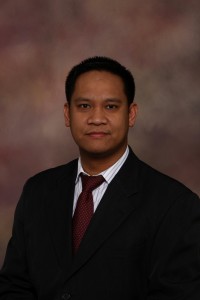Many refiners are finding that their existing sulfur recovery units (SRUs) do not have sufficient capacity to meet expected increases in upstream hydrotreating and hydrocracking capacity. In many cases, 99.9% sulfur recovery is expected from existing SRUs.
The primary units for sulfur recovery and processing continue to be conventional amine sweetening units followed by Claus units and tail gas cleanup units (TGCU). Since Claus units are “only” capable of recoveries of about 94 to 97% for typical, three-bed units, TGCUs may need to be added to comply with stringent emissions regulations and achieve 99.9% sulfur recovery. Overall, current sulfur recovery efficiencies are typically in the 96-99% range, depending on the feed gas composition (CO2, mercaptans, ammonia, etc.).
Much of the focus for achieving 99.9% sulfur recovery pertains to partial oxidation of ammonia (NH3) bearing gas streams, potentially containing minor but significant quantities of H2S. Refining processes that result in H2S byproduct formation from complex organic sulfur compounds also tend to convert nitrogen compounds to NH3.
The NH3 byproduct has normally been combusted in the Claus reaction furnace, where the amount of NH3, which can be processed, is generally considered to be limited to 30-35% of the total Claus feed. To deal with this limitation, Worley Parsons has patented a process in which the ammonia acid gas combustion is carried out in a tail gas furnace.
Because of the complexities of the calculations in designing and analyzing these three units (amine + Claus + TGCU), process simulation programs have become a necessity to optimize the units in any reasonable length of time. With TGCU units now involved in many cases, the overall simulation becomes a complex iterative process because of the TGCU’s recycle stream. According to previously published information available from Bryan Research and Engineering, Inc., through the use of simulation technology, refiners may investigate and implement optimal operating conditions in these linked units.
As refiners continue to meet clean fuels regulations and install more SRU trains for redundancy purposes, SRUs retrofitted with oxygen injection may be the best course of action. A more detailed discussion pertaining to sulfur recovery developments and applications will be discussed at the May 2-6 RefComm® Galveston 2016 Refining Conference (see www.refiningcommunity.com/refcomm-galveston-2016).








Leave a Reply
You must be logged in to post a comment.